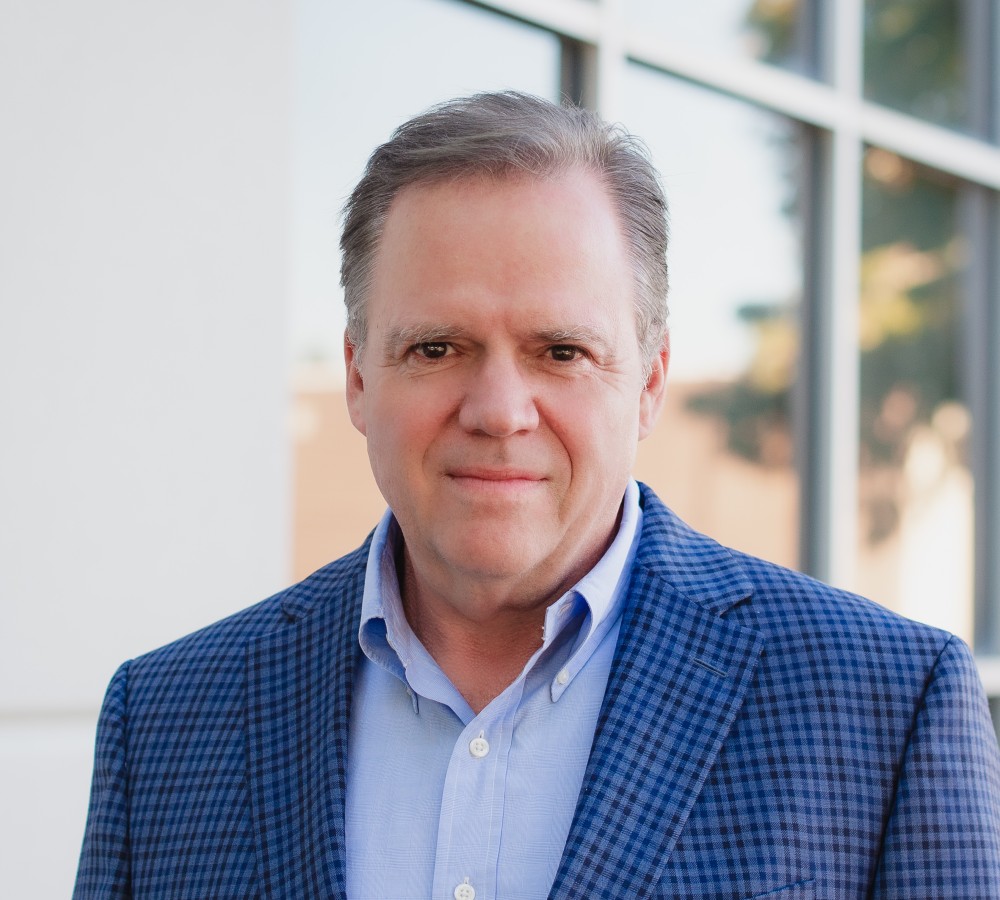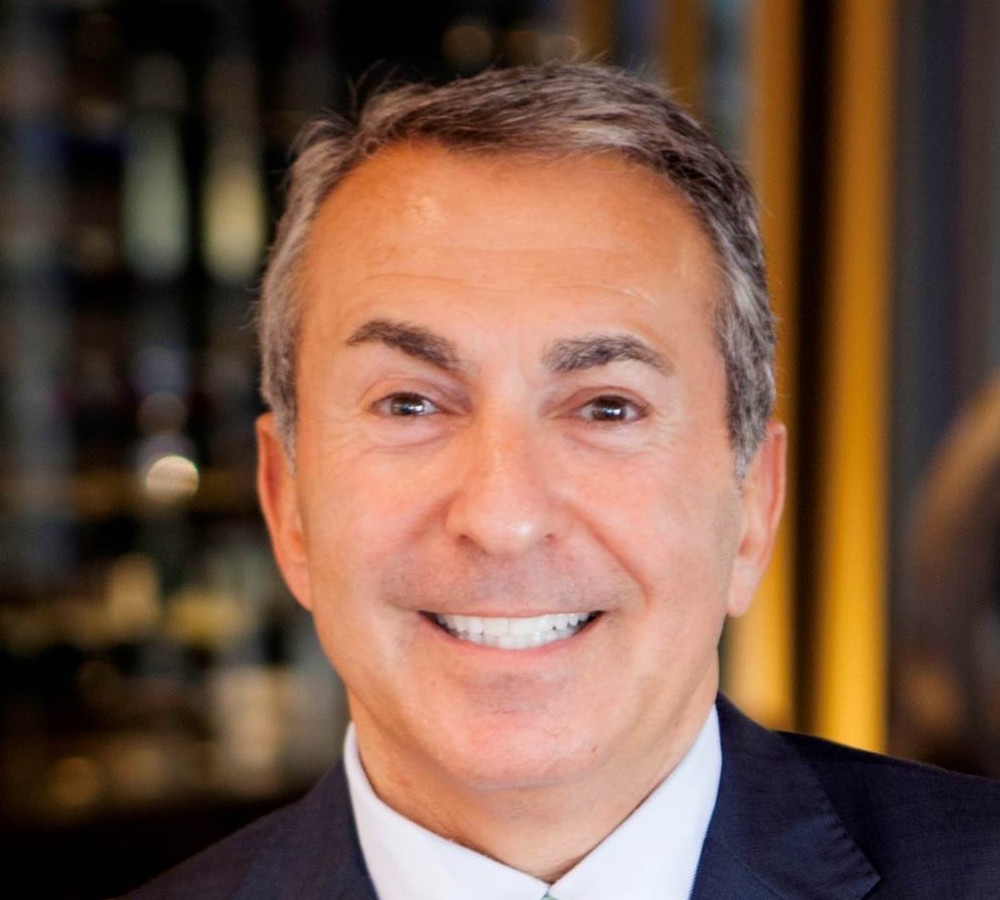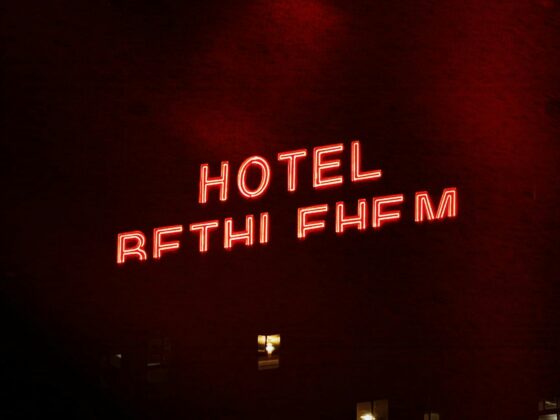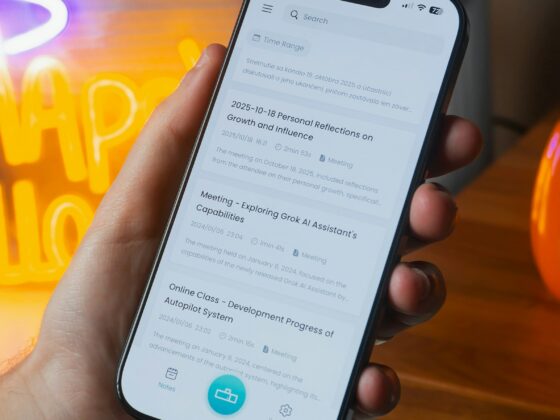Enseo Chief Executive Officer Brian Gurley and President of Hospitality David Goldstone recently shared with LODGING at The Lodging Conference 2025 findings from their whitepaper on luxury technology expectations in hospitality.
The whitepaper, titled “The Power of Connections— Speed, Service, and Value Driving the Digitized In-Room Guest Experience,” stressed the importance of offering guests what they clearly want most in their in-room technology: the ability to consume content in their rooms the same way they can at home. It also highlighted how hoteliers can achieve significant returns on their investment by addressing what they call “weak points” in communications, service, and customer support that hinder their ability to effectively use the marketing features contained within that technology. At the root of their message was not just the need for innovative solutions geared to both hoteliers and their guests, but also the importance of effective communication and mutually beneficial partnerships that make the most of these solutions.

Gurley said that there was no doubt that, though their own niche is the luxury segment of hospitality, guests at all levels now want to be able to consume content on their hotel entertainment system the same way they do at home. “They want to be able to bring casting to their guestroom TV, to download and stream apps as usual through hotel WiFi and entertainment equipment.”
Personalization With TVs
Goldstone commented on how the TV in guestrooms is “a 65-inch advertisement” that can be used to personalize the guest experience and make them feel welcome and aware of what the property has to offer without being intrusive. One way, he said, is to have dedicated channels for events like weddings, enabling guests to send pictures and messages to each other on their own channel.
Hotels, said Gurley, can “turn a cost center into a revenue center”—thus reducing the burden of their in-room technology investment—by effectively working with group sales staff on event enhancements, such as dedicated channels, and general marketing to direct guests to on-site locations, where they can spend time and dollars on F&B and services such as spa treatments.

Goldstone described the Enseo approach to helping customers maximize the potential of their technology by “flipping from reactive customer service to proactive support.” He described how this is achieved using “dedicated customer success personnel” who provide ongoing training and support to hotel staff so they can effectively implement the marketing features contained within Enseo’s core system. This, he said, is not a technology resource, but rather a communication asset. “There’s a person they can call, one who is holding their hand, literally from the minute the installation is done, providing ongoing training for the property staff.”
The effort to support properties’ ability to maximize use of Enseo technology, Gurley said, was part of the company’s dedication to forming the kind of trusting relationships with customers that engender loyalty. “Anyone can sell technology. What we seek in our relationship with our hospitality customers is to be more than vendors, to be partners.”
It is as partners, both said, that they seek to help hotels identify their guests’ entertainment needs and ways they can reduce the burden of meeting them. “With us, you’re not just buying a TV,” Gurley said. “We work with the WiFi provider and hotel to determine the appropriate solution and how to leverage it with revenue-generating programs and the support they need to implement them effectively.”






